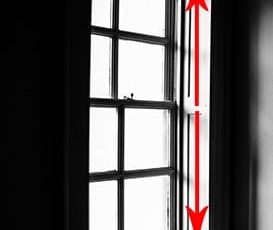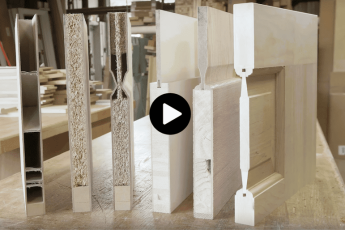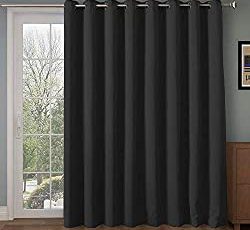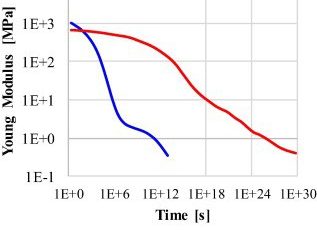If you are planning to build a soundproof nursery, you’ll want to use a fabric system that absorbs sound. Besides a Solserene fabric system, you can also use Acoustic art panels to reduce echo. Carpeting is also another option as it deflects sound. You can also place your crib against a wall to avoid excessive sound. Some decorating websites can also give you tips on how to arrange your nursery furniture to reduce noise.
Solserene fabric system absorbs sound
The Solserene fabric system is a sound-absorbing solution for the nursery. Its three main components are a high-density fiberboard, fiberglass mesh, and acoustically transparent fabric. The system is simple to install and is great for a baby’s room.
Acoustic art panels reduce echo
Adding acoustic art panels to the walls of a soundproof nursery can be an effective solution for parents who have difficulty putting their baby to sleep. These panels are made of compressed foam, which absorbs sound and reduces the echo of the room. They are an inexpensive way to reduce echo in a nursery.
Acoustic art panels can be made of several different materials, such as foam and mineral wool, which is very sound-absorbing. They can also be covered with fire-retardant fabrics. Often, the colors and images are printed with UV-resistant inks, which prevent the prints from fading. As a result, these panels will help reduce the amount of echo in a room while still providing a beautiful aesthetic.
Panels can be either wall-mounted or suspended from ceilings. For wall-mounted installations, lighter panels are easier to hang than larger ones. However, panels that are more bulky will need support in the ceiling or drywall. The placement of panels is also dependent on whether the panels will be permanent or temporary. Hanging panels may require the use of hooks and chains.
Carpeting deflects sound
One of the best ways to reduce noise in a nursery is to use thick curtains and carpeting. Although these methods are not soundproof, they can reduce noise and vibration by deflecting sound waves. Another option is to use acoustic art panels. These are panels that contain a dense foam that absorbs sound waves.
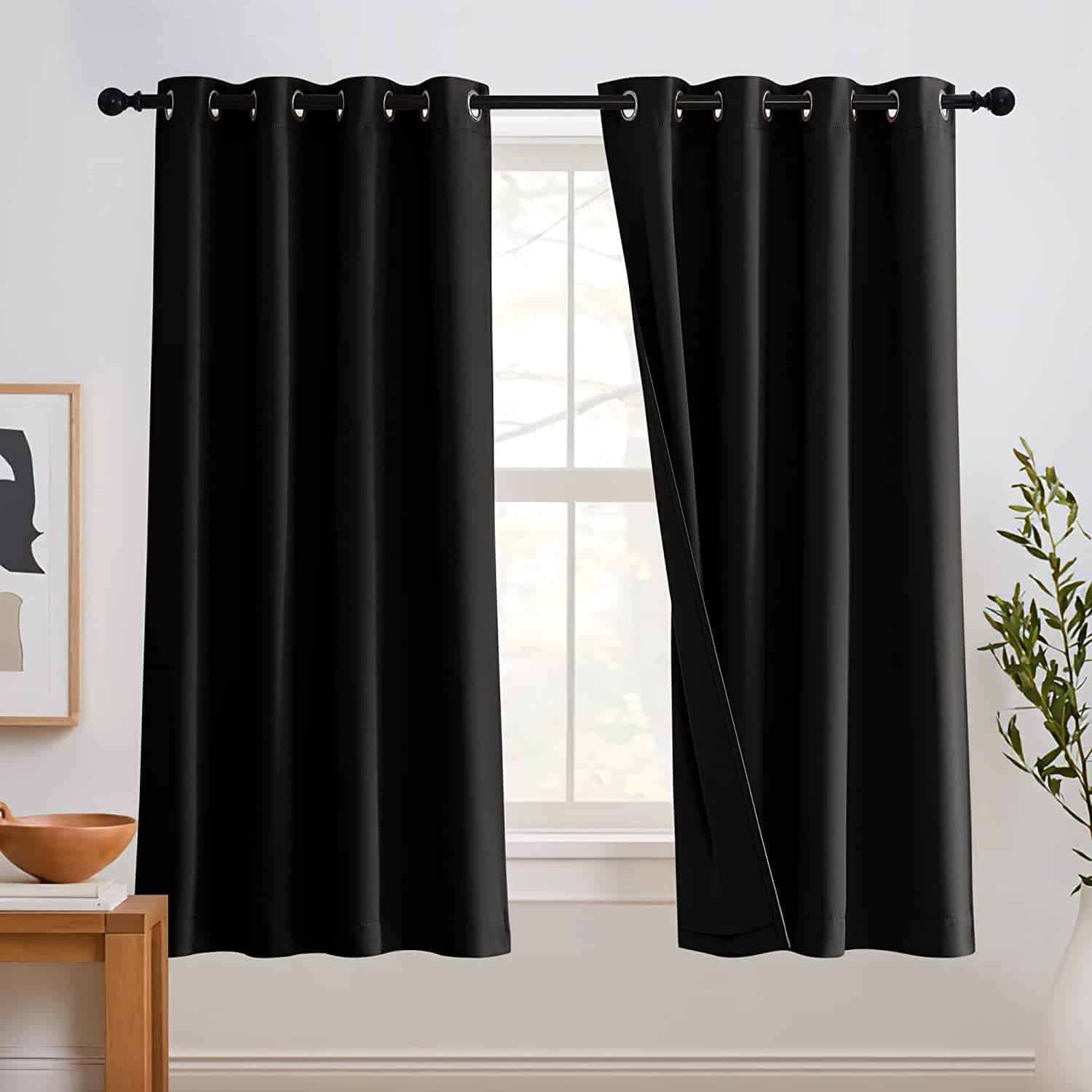
The main disadvantage of soundproofing a nursery is that your baby might wake up more frequently than they would otherwise. However, it is important to remember that uninterrupted sleep for a baby depends on other factors as well. For example, while adults have a regular sleep cycle that shifts quickly from light sleep to deeper sleep, a baby’s sleep cycle can be interrupted by outside noise.
If you don’t have much money, you can purchase carpeting that deflects sound. There are several types of acoustic carpeting available. Plush pile carpeting is very expensive, but has the advantage of not absorbing noise.
Solid core door
If you want to soundproof your nursery, a solid core door is the way to go. Unlike most interior doors, which are hollow, solid core doors do their job well and do not transfer sound inside the room. A solid core door will reduce sound coming from the outside, and is much cheaper than a hollow core door.
Although soundproofing a nursery requires some work, there are many ways to do it. One option is to add a second layer of drywall to the room to make it soundproof. While this will increase the room’s overall thickness, it also prevents sound from coming from adjacent rooms.
Soundproofing a nursery is a very important aspect of raising a child. A newborn needs at least 14 hours of sleep per day, so making sure that the room is quiet is essential. While a solid core door can cost a few extra dollars, the added insulation will make the room soundproof.
Another good option is a composite wood door. These contain wood veneers and composite wood on the outside. These are a bit heavier than solid core doors, but their high density helps limit sound transfer. If you’re on a tight budget, you can opt for a solid core door made of teak or other affordable wood. These doors are also durable and can be stained or painted. A solid core door can cost between $100 and $200, and custom-designed doors can cost as much as $350.
Solserene fabric system
A soundproof nursery can help protect a newborn from the noise that other rooms may cause. These systems are designed to absorb sound in three primary ways: the use of high-density fiberglass board, a fiberglass mesh, and acoustically transparent fabric. The best part about these systems is that they can be easily installed.

Although soundproofing a nursery can help a baby sleep longer, it will not guarantee a completely uninterrupted sleep. Other factors must be considered as well. For example, babies’ sleep cycles vary a lot, and they will probably wake up multiple times throughout the night. For adults, their sleep cycles generally alternate between light and deep sleep, with a few periods of light sleep throughout the night.
The walls and ceilings of a nursery can be a source of noise. Soundproofing a nursery can involve structural changes, such as drywall layers or decoupling techniques. However, if these structural changes are not possible, you’ll need to find alternative ways to create mass. One alternative to changing the walls is to place heavy furniture in the nursery. Of course, this can mess with the aesthetics of the room.
FabricTack Panels
FabricTack Panels can be an affordable way to soundproof a nursery. The panels can be hung on walls or ceilings and are available in a variety of colors. While these panels can’t completely block out noise, they can be effective at reducing sound and creating a calmer environment.
Soundproofing a nursery is not about preventing all noise, but improving the quality of sound so that your baby can focus on the right sounds. Soundproofing your nursery can help replicate sounds that your baby hears in the womb. Having the right type of sound in your nursery will help your baby feel safe and sound asleep.
You can also add additional decor to your nursery, like rocking chairs, armoires, and bookcases. These pieces are sure to make the space feel cozy and welcoming. But it is important to keep noisy items out of the nursery. If you can’t eliminate noise, you can still add furniture that your baby can play with.
Superdense Soundproofing Acoustic Panels
Installing Superdense Soundproofing Acoustic Panels in a nursery is a great way to minimize background noise. They are inexpensive and easily installed. These panels can be wall or ceiling mounted. They are designed to reduce noise by converting echoes to clear sound. When installed correctly, these panels can reduce background noise from children’s voices and crowd noise. Plus, they help make the room more comfortable for the little ones.
The panels are available in various types and can be purchased online or from your local store. There are softer panels, such as fabric, foam, or polyester, and more rigid panels, like timber grooved or perforated metal. The softer panels have a better noise reduction coefficient and are also made of non-toxic materials.

Another easy way to minimize noise is to install soundproofing curtains. These curtains can block up to 60 to 80% of outside noise. Other options include window inserts and sound blankets.

